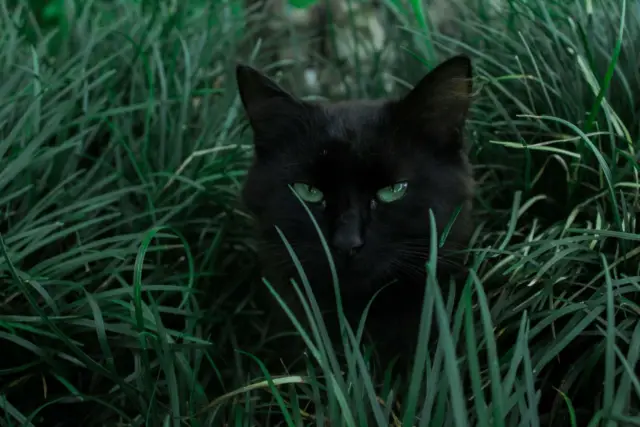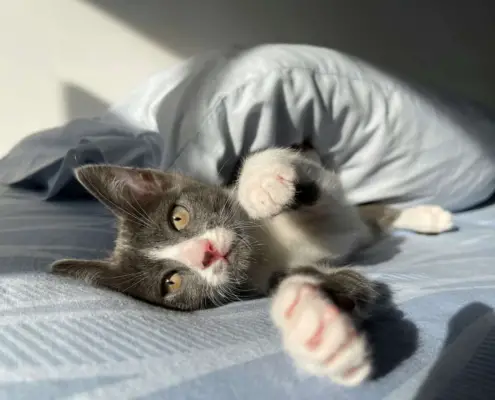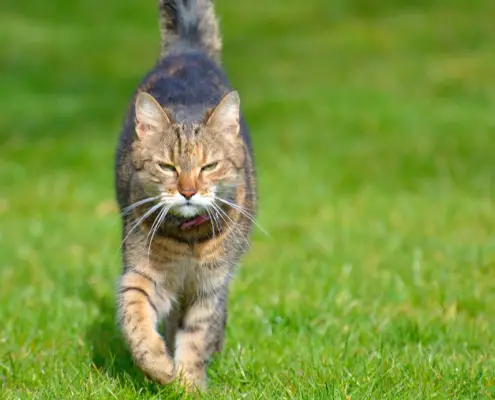
Cats are known for their independence and resilience, but when it comes to cold weather, they can be vulnerable. As pet owners, it is important to understand how cold is too cold for cats and take necessary precautions to keep them safe and warm. In this article, we will explore the ideal temperature for cats, their natural adaptation to cold weather, signs that your cat is feeling cold, and how to protect them in chilly conditions.
The ideal temperature for cats
Cats are naturally accustomed to warmer climates, as their ancestors originated from desert regions. The ideal temperature range for cats is between 75°F and 80°F (24°C and 27°C). However, they can tolerate lower temperatures to some extent, especially if they have a thick coat and are provided with adequate shelter.
Understanding a cat’s natural adaptation to cold weather
While cats may prefer warmer temperatures, they do have natural adaptations that help them cope with colder weather. One such adaptation is their fur. A cat’s fur acts as insulation, trapping air close to their body and keeping them warm. Additionally, cats have a higher metabolic rate than humans, which helps generate body heat. They also have the ability to curl up into a compact ball, conserving body heat.
Signs that your cat is feeling cold
It is important to be able to recognize the signs that your cat is feeling cold. Some common signs include shivering, seeking warm spots, curling up tightly, and a reluctance to go outside. You may also notice your cat seeking out warm surfaces, such as radiators or cozy blankets. If you observe any of these signs, it is a clear indication that your cat is feeling cold and needs some extra warmth and care.
How to protect your cat from cold weather
To protect your cat from cold weather, there are several steps you can take. Firstly, ensure that your cat has a warm and comfortable indoor space where they can seek shelter from the cold. Provide them with a cozy bed or blanket, preferably away from drafts. You can also consider using a heated cat bed or a heating pad designed specifically for pets.
Creating a warm and safe environment for your cat
Creating a warm and safe environment for your cat is crucial during cold weather. Make sure to keep windows and doors closed to prevent drafts. If you use a fireplace or space heater, always supervise your cat to avoid any accidents. It is also important to keep toxic substances like antifreeze out of reach, as cats may be attracted to their sweet taste but they are highly poisonous.
Tips for outdoor cats in cold weather
Outdoor cats face additional challenges in cold weather. If your cat is allowed outdoors, provide them with a well-insulated and waterproof shelter. The shelter should be elevated off the ground and have a door or flap to keep out the wind and rain. Consider using straw or blankets for added insulation. It is also important to provide fresh water regularly, as it can freeze quickly in cold temperatures.
Common misconceptions about cats and cold weather
There are several misconceptions about cats and cold weather that need to be addressed. Contrary to popular belief, cats cannot fully adapt to extremely cold temperatures. Their natural adaptations only go so far, and prolonged exposure to freezing conditions can be detrimental to their health. Additionally, cats with short hair or those who are young, elderly, or have health issues are more susceptible to the cold.
When to seek veterinary care for a cat in cold weather
In some cases, the cold weather can have a negative impact on a cat’s health. If you notice any concerning symptoms such as lethargy, loss of appetite, difficulty breathing, or frostbite, it is important to seek veterinary care immediately. These symptoms may indicate hypothermia or other cold-related illnesses that require prompt medical attention. Remember, it is always better to be safe than sorry when it comes to your cat’s well-being.
Final thoughts
Understanding the temperature threshold for cats is crucial in ensuring their well-being during cold weather. While cats have natural adaptations to cope with colder temperatures, it is important to provide them with a warm and safe environment. Pay attention to the signs that your cat is feeling cold and take necessary precautions to protect them. By being proactive and attentive to their needs, you can keep your feline companion safe and comfortable even in the chilliest of conditions
If you enjoyed my article, I would appreciate you sharing it with your network.

Sima Ndlebe
Sima writes for CatBuzz. He is interested in Cats, Health and Fitness, and Entrepreneurship.
Published: 30 October 2023




